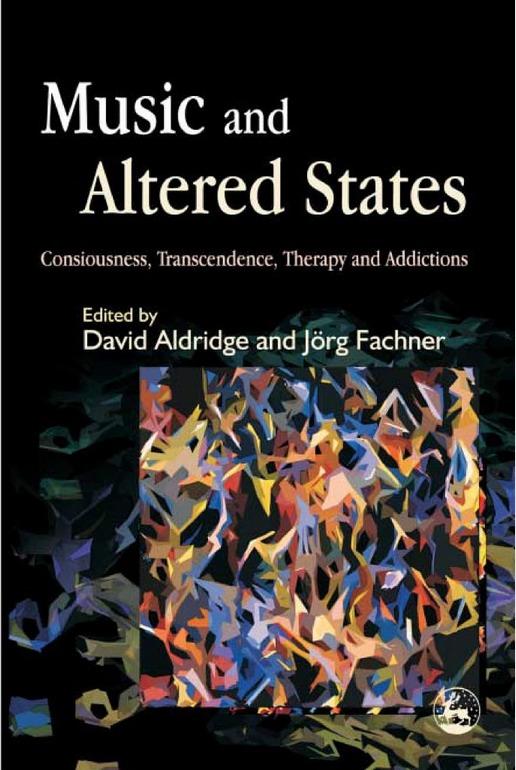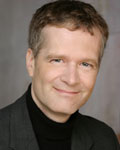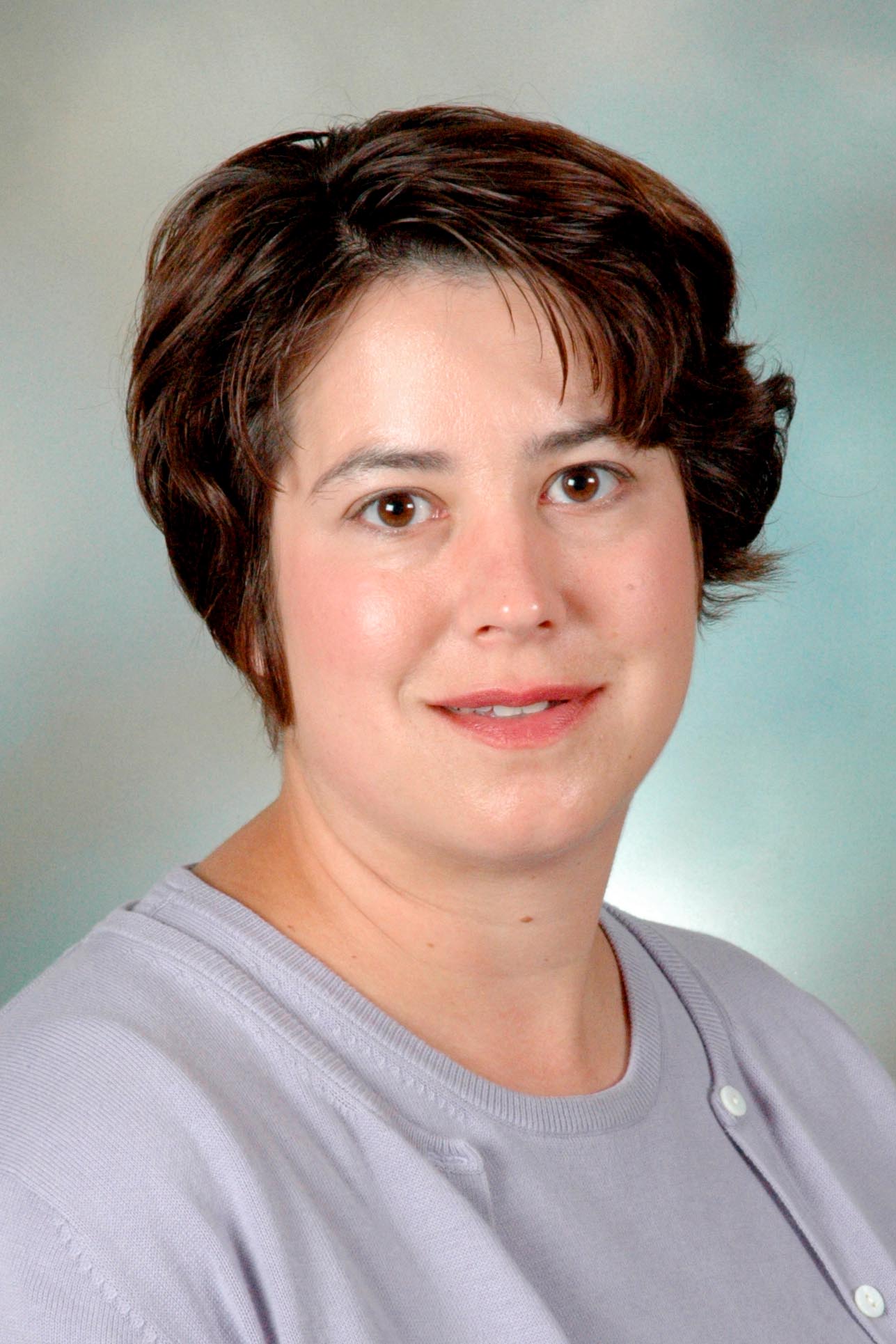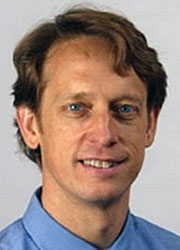
http://www.umn.edu/urelate
612-624-6868
Spring 2015 Colloquia
Thursdays, 4:00 - 5:30 pm, Elliott N119
 January 29
January 29
Sammy Perone, Postdoc, ICD
Development is a fascinating case study for cognitive science because it not only requires specifying the architecture and dynamics of a cognitive system but also the processes by which that system creates change in itself over time. It has long been postulated that real-time cognitive and behavioral dynamics are mechanistically connected to developmental change in cognition and behavior. However, a tangible link between these real and developmental time scales has been out of reach.
I will present my use of a class of neural network models called Dynamic Neural Fields (DNFs) to specify the mechanisms by which these time scales are connected in the early development of infant visual cognitive abilities (e.g., visual working memory over feature dimensions). I will also present recent extensions of this work to predict effective laboratory-based intervention conditions for children's executive functions. I will wrap up with an overview of new work that pushes the utility of computational approaches to connect up with increasingly complex behaviors.
February 12
Bonnie Lau, Psychology
The ability to hear the pitch of complex sounds such as a musical note or a vowel in speech requires the auditory system to integrate information across the spectrum of a sound. The development of pitch perception in human infants is interesting because of the extended developmental period of the auditory cortex. This talk will discuss several studies that compare infants' ability to discriminate the pitch and timbre of complex tones at 3 and 7 months of age to the ability of adult listeners with a mature auditory system.
References:
Lau, B. K., & Werner, L. A. (2012). Perception of missing fundamental pitch by 3-and 4-month-old human infants. The Journal of the Acoustical Society of America, 132(6), 3874-3882.
Lau, B. K., & Werner, L. A. (2014). Perception of the pitch of unresolved harmonics by 3-and 7-month-old human infants. The Journal of the Acoustical Society of America, 136(2), 760-767.

 February 19
February 19
Bill Beeman, Anthropology
Exploring the ways that music can work to create altered states of consciousness including trance, deep absorption and meditative states.
Suggested reading:
Aldridge, D., & Fachner, J. (2006). Music and altered states: Consciousness, transcendence, therapy and addiction. London ; Philadelphia: J. Kingsley Publishers.

Beyond the Modernist Understanding of Consciousness
Thursday, February 26, 2015, at 4:00pm
Northrop — Crosby Seminar Room (240)
Roundtable with Matthew Chafee, Neuroscience; Jan Estep, Art; Nicole Scott, Cognitive Science; and Daniel Lord Smail, Harvard, History
Moderated by Apostolos Georgopoulos, Neuroscience and JB Shank, History
Our forum is inspired by the proposition that current thinking about mind, body and consciousness is hindered by its encapsulation within "modernist" intellectual paradigms. Recent discoveries in brain science, genetics, and cognitive neuroscience, for example, are routinely trumpeted as modern scientific breakthroughs that have made previous understandings obsolete. In the face of these Western scientific breakthroughs, non-scientific and non-Western understandings of consciousness have also been forced to defend themselves as something other than unmodern conceptions destined for the dustbin of history.
The spectacular insights revealed by the most recent science are certainly undeniable, but many would counter that recent work in brain science, genetics, and cognitive neuroscience has not replaced previous understandings so much as posed ancient questions in new and provocative ways. Vigorous dialogue among all parties about the nature of consciousness could and should have been the outcome of these recent scientific developments, but instead, we contend, modernist disciplinary and institutional structures have thwarted this potential by breaking broad dialogue into narrow disciplinary debates pursued among specialist communities in isolation from one another.
The urge to break out of the modernist disciplinary straitjacket is widely felt across the university, yet the challenge is finding a space to pursue such integrated exchanges. Terms like "mindfulness" and "embodied cognition" have emerged as organizing categories within the conjoined scientific fields of cognitive science, neural science, psychology, and physiology in response to a desire within the sciences for integrative, cross-disciplinary perspectives. But less developed are the equally crucial conversations that cut across the "Two Cultures" divide. The arts and humanities possess important methods and perspectives for understanding human consciousness, but the institutional separation of the liberal arts from the natural sciences thwarts the development of integrative understanding of the mind-body question. The polarization also creates negative effects in each direction since the influence of recent scientific advances has exerted a noticeable impact in fields ranging from philosophy and history to art and literary studies even though the "cognitive science turn" in the humanities has proceeded largely in isolation from those conversations in the natural sciences that have informed this new research.
Our initiative will bring the perspectives of recent science together with those of the arts and the humanities to address fundamental questions related to consciousness — i.e. what is the self, the mind, the body, the conscious subject, etc.? It proposes to replace the current modernist disciplinary fragmentation plaguing such inquiries with an integrative and multidisciplinary approach to these questions, one that especially aspires to bring scholars and students from across the disciplines of the university into one historically-informed and unified inquiry.
Sponsored jointly by the Consortium for the Study of the Premodern World (CSPW) and the Center for Cognitive Sciences (CCS), and drawing support from the Institute for Advanced Study, our initiative brings together the network of arts and humanities scholars in the CSPW devoted to thinking about contemporary issues in a global, multicultural, and deeply historical ways with the network of scientific researchers and practitioners in the CCS pursuing similar questions through the methods of science. We will launch a university-wide faculty graduate student seminar in 2015-16 that will serve as the locus of our work, and we will invite speakers to join us in our discussions. Ultimately we look forward to producing a publication or some other result that will document our work.
 March 5
March 5
Andrew Elfenbein, English
 March 26
March 26
Matt McGue, Psychology
Within psychology, general cognitive ability (GCA, a hard skill) has, historically, been considered a major individual differences contributor to educational and economic outcomes. Recently, researchers from several disciplines, including Industrial/Organizational Psychology, Economics, Developmental Psychology and Sociology have begun to question the primacy accorded GCA. Specifically, soft (i.e., non- cognitive) skills such as personality and motivational factors are increasingly seen as important contributors to social outcomes, in some cases even outweighing the contribution of GCA. In this talk I will make use of several large-scale longitudinal twin and adoption studies undertaken at the University of Minnesota to address the following questions about the origins of individual differences in social outcomes:
1) What is the relative contribution of hard and soft skills?
2) How do hard and soft skills contribute to intergenerational social mobility?
3) To what extent are the contributions of hard and soft skills genetically and environmentally mediated and can we identify the specific factors that underlie these effects?
Throughout most of the talk I will focus on one social outcome, attaining a college degree, but will provide preliminary findings and discuss the relevance the relevance of findings on education for other social outcomes (e.g., employment, financial independence).
Suggested readings:
Rietveld, C. a. et al. (2013) GWAS of 126,559 Individuals Identifies Genetic Variants Associated with Educational Attainment. Science 340(6139):1467–71
Matt McGue, Aldo Rustichini, and William G. Iacono, Cognitive, (2015) Non-Cognitive And Family Background Contributions To College Attainment: A Behavioral Genetic Perspective (in press, available upon request)
 April 2
April 2
Katie Thomas, Institute for Child Development
Neurocognitive Development in Healthy Preterm Children
 April 9
April 9
Sashank Varma, Educational Psychology
People learn new knowledge through text comprehension, store this knowledge in memory, retrieve it during subsequent comprehension, and apply it to make inferences. A complete understanding of these processes requires a rapprochement between research on memory and learning and research on text comprehension. Towards this goal, I will argue (1) that models of long-term memory provide sufficient explanations of how knowledge is learned through text comprehension, and conversely (2) that moving from simple word lists to richly structured texts generates new insights into the basic mechanisms of memory and learning.
I will discuss two sets of experiments investigating scripts, which are schemas for stereotypical social events such as dining in a restaurant. The first set applies paradigms from the implicit learning (i.e., artificial grammar learning) literature, and the second set applies paradigms from the concepts and categorization literature. The key methodological development is a new technique for mapping the artificial stimulus structures of memory and learning paradigms to naturalistic texts about interesting and novel topics.
The implications of this research for future work at the intersection of memory, learning, knowledge representation, and text comprehension will be discussed.
Suggested readings:
- Cleeremans, A., Destrebecqz, A., & Boyer, M. (1998). Implicit learning : news from the front, 2(10), 587-590.
- Goldstone, RL & Kersten A (2003) Concepts and Categorization. In AF Healy & RW Proctor (Eds) Comprehensive Handbook of Psychology. Vol. 4 Experimental psychology, 599-621. New Jersey: Wiley.
- Bransford JD & Johnson MK, (1972) Contextual prerequisites for understanding: Some investigations of comprehension and recall, J Verbal Learning and Verbal Behavior ii, 717-726

 April 23
April 23
Steve Engel, Psychology
Experience with the environment dramatically influences how we act, think, and perceive; understanding the neural plasticity that supports such change is a long-standing goal in cognitive neuroscience. In the visual system, neural function alters dramatically as people adapt to changes in their visual world, such as increases or decreases in brightness or clarity. Most past work on visual adaptation, however, has altered visual input only over the short-term, typically a few minutes. I will present a series of experiments that investigate adaptation over a much longer term. My laboratory recently developed “altered reality” technology that allows subjects to live in, and adapt to, experimentally manipulated visual worlds for hours and days at a time. In order to characterize long-term visual plasticity, we used image manipulations that targeted early visual cortex, and measured adaptation with perceptual tests. Effects of adaptation grew stronger and longer-lasting as the adapting duration extended from minutes to hours to days. The long term adaptation was behaviorally distinguishable from shorter term adaptation, suggesting that it is controlled by novel neural mechanisms. "Classical" shorter-term adaptation appeared to reach a limit after about a day of adapting, likely due to costs associated with changing representations in early visual cortex. The multiple controllers of adaptation may allow vision to perform near optimally in an ever-changing world.
Suggested readings:
- Haak, K.V., Fast, E., Bao, M., Lee, M, & Engel, S.A. (2014). Four Days of Visual Contrast Deprivation Reveals Limits of Neuronal Adaptation. Current Biology, 24(21): 2575-2579.
- Bao M., & Engel S.A. (2012) Distinct mechanism for long-term contrast adaptation. Proc Natl Acad Sci U S A. 109, 5898-903.
 April 30
April 30
Tasha Nienow, Psychiatry
Despite pharmacological intervention, schizophrenia continues to be one of the most disabling illnesses worldwide. Developing interventions that lead to better role functioning and quality of life for individuals living with this condition is a health priority. Illness-related cognitive impairments contribute significantly to the prediction of disability, often contributing more than the severity of psychiatric symptoms. Consequently, in the last two decades, cognitive impairment, now recognized as a core aspect of the illness, has become an intervention target. Development of cognitively enhancing interventions has been ambitiously pursued with the hope that remediation or restoration of cognitive ability will lead to improved functional outcomes for these patients. An overview of this rapidly developing field will be presented highlighting recent innovations, critiques of the literature, and current challenges to the field. Findings from a recently completed randomized, double-blind, active placebo controlled clinical trial conducted by investigators at the Minneapolis VAHCS and the University of Minnesota will be presented.
Suggested readings:
- Haut, K. M., Lim, K. O., & MacDonald, A. (2010). Prefrontal cortical changes following cognitive training in patients with chronic schizophrenia: effects of practice, generalization, and specificity. Neuropsychopharmacology : Official Publication of the American College of Neuropsychopharmacology, 35(9), 1850–9. http://doi.org/10.1038/npp.2010.52
- Saperstein AM, Kurtz MM (2013) Current trends in the empirical study of cognitive remediation for schizophrenia, Can J Psychiatry Jun;58(6):311-8.
 May 7
May 7
Scott Sponheim, BSC
